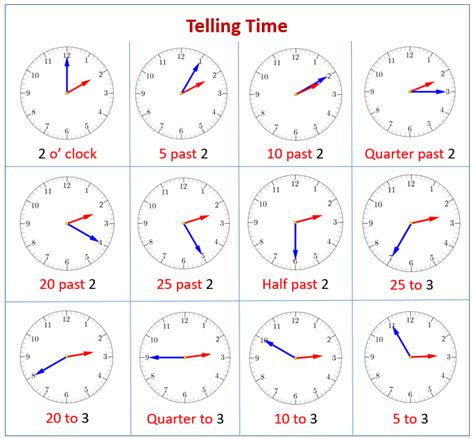Social Dominance Orientation
Introduction to Social Dominance Orientation
Social Dominance Orientation (SDO) is a concept in social psychology that refers to the degree to which individuals prefer hierarchical and inegalitarian social structures. People with high SDO tend to believe that some groups are inherently superior to others and that these superior groups should dominate and lead the inferior ones. This concept has been extensively studied in the field of social psychology, and it has been linked to various attitudes and behaviors, including prejudice, discrimination, and support for social inequality.Understanding Social Dominance Orientation
To understand SDO, it is essential to consider the following key points: * SDO is a personality trait that is relatively stable across time and situations. * Individuals with high SDO tend to endorse and justify social inequality, while those with low SDO tend to reject and challenge it. * SDO is not the same as authoritarianism, although the two concepts are related. Authoritarianism refers to the tendency to submit to authority and to support traditional social norms and values. * SDO is also distinct from prejudice, although the two concepts are often linked. Prejudice refers to negative attitudes and feelings towards particular groups, while SDO refers to a more general preference for hierarchical social structures.Measuring Social Dominance Orientation
SDO is typically measured using a self-report scale, which asks individuals to indicate their level of agreement with a series of statements that reflect hierarchical and inegalitarian attitudes. Examples of such statements include: * “Some groups of people are simply inferior to others.” * “It’s okay if some groups have more power than others.” * “We should strive for a society in which everyone is equal.”The responses to these statements are then used to calculate an overall SDO score, which can range from low (indicating a preference for egalitarian social structures) to high (indicating a preference for hierarchical social structures).
Correlates and Consequences of Social Dominance Orientation
Research has shown that SDO is linked to a range of attitudes and behaviors, including: * Prejudice: Individuals with high SDO tend to exhibit more prejudice towards minority groups and to support discriminatory policies and practices. * Support for social inequality: Individuals with high SDO tend to support economic and social policies that maintain or increase social inequality. * Aggression: Individuals with high SDO tend to be more aggressive and hostile towards others, particularly those who are perceived as weak or vulnerable. * Group membership: Individuals with high SDO tend to identify more strongly with dominant groups and to distance themselves from subordinate groups.📝 Note: It's essential to recognize that SDO is a complex and multifaceted construct, and that it can manifest in different ways depending on the social context and cultural background.
Reducing Social Dominance Orientation
Reducing SDO requires a comprehensive and multifaceted approach that addresses the social, cultural, and psychological factors that contribute to its development and maintenance. Some strategies that may be effective in reducing SDO include: * Education and awareness-raising: Educating individuals about the harmful effects of SDO and the importance of egalitarian social structures. * Intergroup contact: Encouraging positive contact between individuals from different social groups to reduce prejudice and promote empathy and understanding. * Social norms: Promoting social norms that value equality and justice and that discourage discrimination and prejudice. * Leadership: Encouraging leaders to promote egalitarian values and to model inclusive and respectful behavior.| Strategy | Description |
|---|---|
| Education | Education and awareness-raising about the harmful effects of SDO |
| Intergroup contact | Encouraging positive contact between individuals from different social groups |
| Social norms | Promoting social norms that value equality and justice |
| Leadership | Encouraging leaders to promote egalitarian values and to model inclusive and respectful behavior |
In the end, reducing SDO requires a long-term commitment to promoting egalitarian values and to challenging hierarchical and inegalitarian social structures. By working together, we can create a more just and equitable society in which everyone has the opportunity to thrive and to reach their full potential.
What is Social Dominance Orientation?
+Social Dominance Orientation (SDO) is a concept in social psychology that refers to the degree to which individuals prefer hierarchical and inegalitarian social structures.
How is SDO measured?
+SDO is typically measured using a self-report scale, which asks individuals to indicate their level of agreement with a series of statements that reflect hierarchical and inegalitarian attitudes.
What are the consequences of high SDO?
+Individuals with high SDO tend to exhibit more prejudice towards minority groups, support discriminatory policies and practices, and be more aggressive and hostile towards others.

